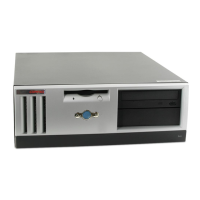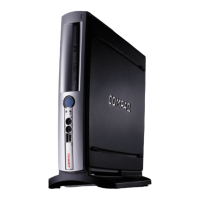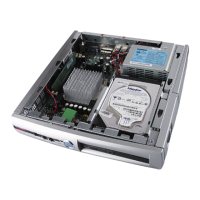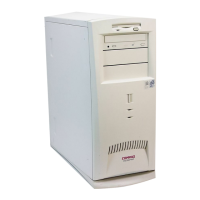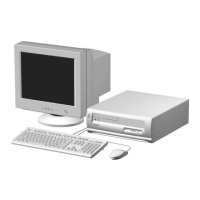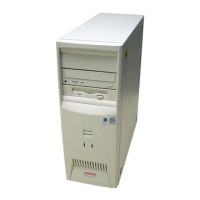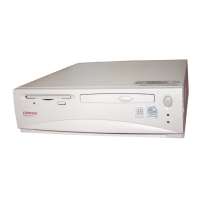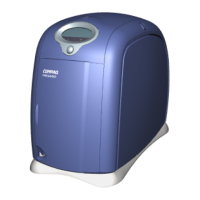BIOS Overview
Evo D310 Micro Desktop 43
Power Management and Wake Up Events
You can reduce the PC’s overall power consumption by using Power Management to slow down the PC’s
activity when it is idle.
ACPI Power Management Modes
(Windows 98, Windows 2000 and Windows XP)
•
Idle (s1):
The processor is shutdown.
• Standby (s3):
All components of the system are shut down except for the system memory which remains active. This
management mode is also known as “Suspend to RAM”.
• Hibernation (s4):
System memory is copied to the hard disk. All components of the system are shut down. This
management mode is also known as “Suspend to Disk”.
•
Off (s5):
All components of the system are shut down.
The following table lists the possible Wake Up Events for the different power management modes,
activity on any one of these events will cause the system to wake up from it’s current power state:
Wake Up Event
Power State Windows 98 Windows 2000/XP
s1 (Idle)
s3 (Standby/Suspend to RAM)
RTC (Real Time Clock)
LAN
RI# (Ring Indicator)
USB
PS/2 Keyboard
Power Button
s4 (Hibernation/Suspend to Disk) Not Applicable RTC (Real Time Clock)
LAN
RI# (Ring Indicator)
USB
Power Button
s5 (Off) Power Button LAN
Power Button

